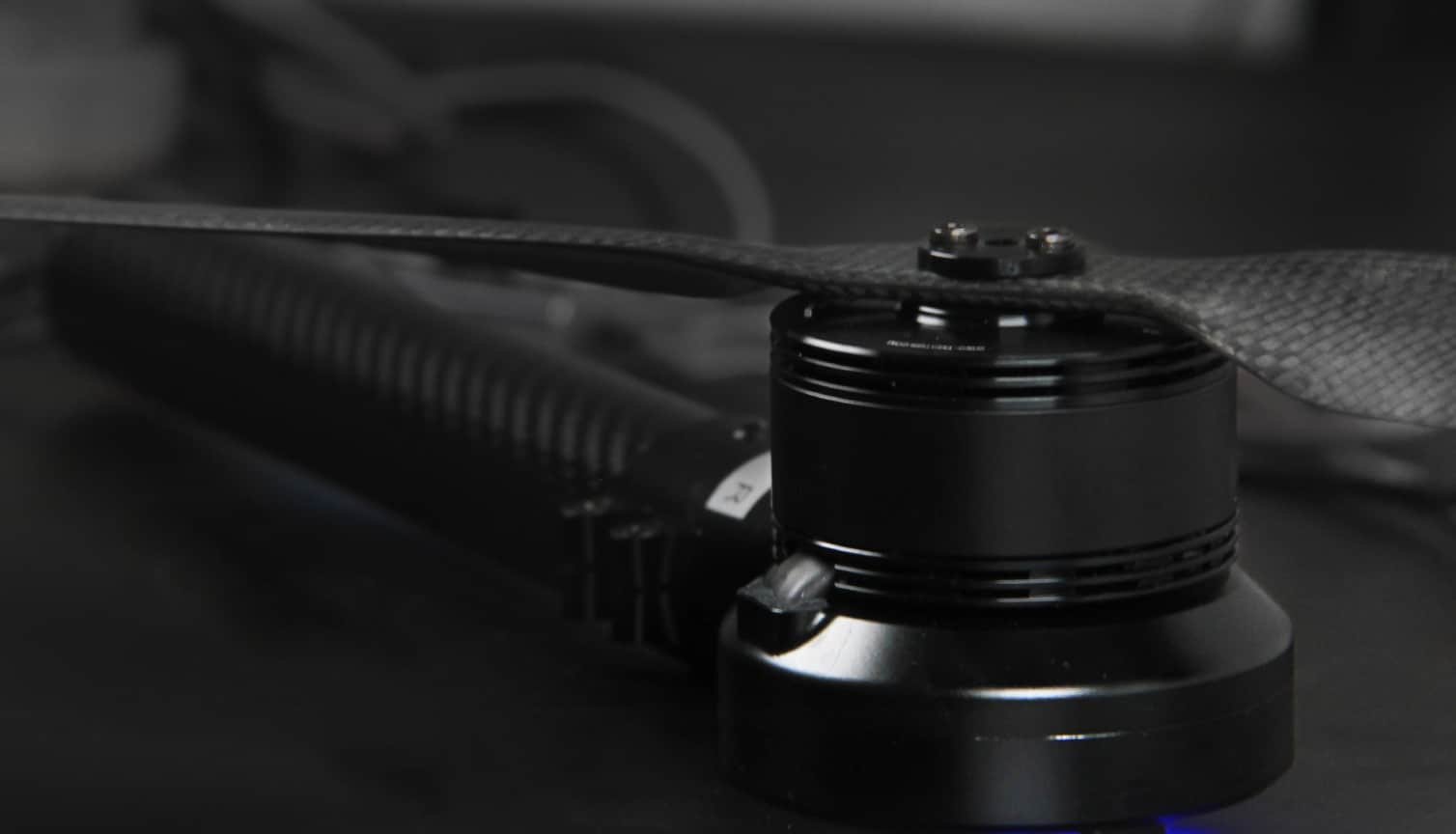The rotor is an important part of the brushless motor. Its assembly process can be done in a single machine or production line mode. At present, most manufacturers use automatic assembly production lines, which are relatively efficient. So what are the technical solutions and production details of the brushless motor rotor production line? How to do a good job of detection? Vacuz will briefly introduce it to you!

1. Technical solution: the integration of automation and modularization
1. Full process automation design
The brushless motor rotor production line integrates a full range of automated processes from loading to testing, aiming to improve production efficiency and product quality. Specifically:
a, loading and gluing: The advanced manipulator is used to automatically grab the rotor shell, and the precise automatic glue dispensing equipment is used to achieve uniformity and accuracy of glue coating. The introduction of the visual inspection system monitors the glue coating amount in real time to ensure that the magnetic steel is tightly fitted without bubbles.
b, magnetic steel pasting: Using high-precision magnetic steel filling equipment, multiple specifications of magnetic steel can be quickly switched, and the efficiency of magnetic pasting is significantly improved. The built-in magnetic steel damage detection function of the equipment automatically cleans the damaged magnetic steel and issues an alarm to ensure the continuity and stability of the production process.
c, Pressing and balancing: The pressing mechanism driven by the servo motor can accurately press the balancing block, fan blades and bearings. The pressing force is monitored in real time and fed back to the control system to effectively avoid overpressure or underpressure problems.
d, Testing and unloading: Multifunctional test modules such as integrated magnetic flux test, dynamic balance test, and rotor position detection are automatically sorted, and qualified products are accurately grabbed to the tray by the manipulator to realize intelligent management of the production line.
2. Modular and flexible design
a, Fast mold change: The production line supports fast mold change of rotors of multiple specifications, and the mold change time is greatly shortened. The application of modular fixtures and parametric programming makes the mold change process more convenient and efficient.
b, Extended performance: The reserved process interface provides the possibility of adding new detection or processing procedures in the future, such as laser marking, coating treatment, etc., to meet the diverse needs of different customers.
3. Real-time monitoring and data traceability
a, Configure the industrial bus to achieve efficient data interaction between devices, collect production data in real time, such as yield rate, equipment failure rate, etc., to provide strong support for production optimization.
b, Establish a production database to record the key parameters of each rotor in detail, such as magnetic flux, balance, etc., to facilitate quality traceability and continuous process improvement.
2. Production details: precision control is the core
1. Magnetic steel mounting
a, Glue coating uniformity: Strictly control the glue coating thickness to ensure that the magnetic steel fits tightly and the surface is free of pollution.
b, Magnetic steel positioning accuracy: Accurately control the axial and radial deviations between the magnetic steel and the rotor core to prevent vibration or noise during motor operation.
c, Environmental control: Maintain a constant temperature and humidity environment at the magnetic steel mounting station to ensure that the glue curing speed is moderate and the bonding effect is good.
2. Pressing process
a, Pressing force control: Dynamically adjust the pressing force according to the rotor specifications to avoid rotor deformation or balancing block falling off.
b, Pressing depth monitoring: The laser displacement sensor monitors the pressing depth in real time to ensure that the balancing block fits tightly with the rotor core.
3. Dynamic balancing correction
a, Balancing accuracy: The dynamic balancing accuracy of the rotor meets Yiqixiu, and is accurately corrected by de-weighting or weighting.
b, Correction efficiency: Advanced automatic de-weighting equipment is used, and the single-piece correction time is short to meet the needs of large-scale production.
4. Rotor position detection
a, Detection method: Use high-precision sensors or sensorless detection technology to ensure that the detection accuracy meets the requirements.
b, Initial position detection: Accurately detect the initial position of the rotor before the motor starts to avoid reversal or start-up failure problems.
3. Inspection work: No blind spots in quality control
1. Incoming material inspection
a, Magnetic steel performance inspection: Use precision instruments such as Gaussmeter to detect magnetic steel performance parameters to ensure that the quality of magnetic steel meets the design requirements.
b, Rotor core inspection: Use high-precision equipment such as three-coordinate measuring instrument to detect the core size accuracy.
2. Online inspection
a, Magnetic flux test: Use special instruments such as fluxmeter to detect rotor magnetic flux deviation to ensure stable motor output torque.
b, Dynamic balancing test: Use dynamic balancing machine and other equipment to detect rotor imbalance, and automatically mark and repair products that exceed the standard.
c, Visual inspection: Configure industrial cameras and other visual inspection equipment to achieve accurate identification and defect detection of magnetic steel mounting position and glue coating status.
3. Finished product inspection
a,Performance test: simulate the actual working conditions of the motor to test parameters such as vibration, noise, and temperature rise to ensure that the rotor performance meets industry standards.
b,Durability test: verify the reliability of the rotor through tests such as high temperature aging and high and low temperature cycles.
4. Data traceability and feedback
a,Establish a test data archive to achieve quality traceability and process improvement.
b,Analyze the root causes of frequently occurring quality problems, optimize production processes or equipment parameters, and continuously improve product quality and production efficiency.

What are the technical solutions and production details of the brushless motor rotor production line? How to do a good job of inspection? Vacuz has made a brief description above, and I hope this knowledge can help you!
電子メール:sales@vacuz.com [fusion_form form_post_id="431″ margin_top="" margin_right="" margin_bottom="" margin_left="" hide_on_mobile="small-visibility,medium-visibility,large-visibility" class="" id=""][/fusion_form].

